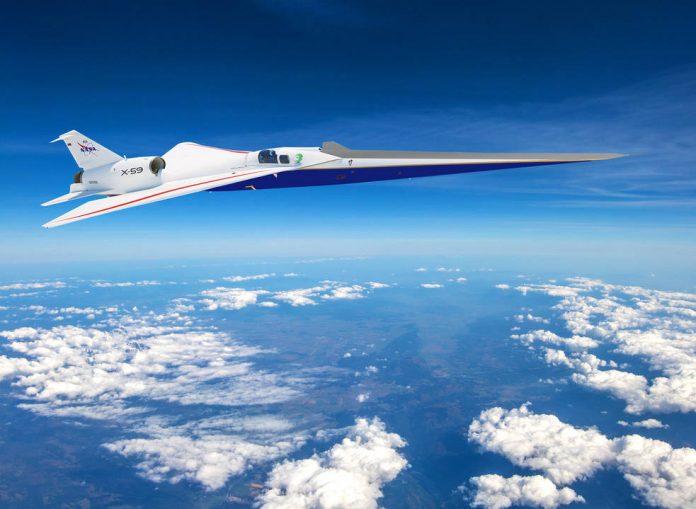Civilian supersonic flights over land were banned for the last 50 years due to noise complaints. NASA’s Quesst has a plan: Flying faster than sound, but with technology to drastically reduce noise
Fifty years ago, the US federal government announced it was banning all civilian supersonic flights over land.
Strongly influenced by the general public, the 1973 bill was a response to public opinion surveys in cities where supersonic military jets were flown overhead.
Many complained that the noise disturbed them. People disliked how their windows rattled following the sonic booms created by breaking the sound barrier.
Aircraft rules and the heart of the Quesst mission
The current rule “prohibits non-military aircraft from flying faster than sound,” ensuring their sonic booms won’t startle the general public below or raise concerns about potential property damage.
Research suggested ways to soften the impact of sonic booms; however, aeronautical technology wasn’t sophisticated enough in the 70s to fully solve the problem.
Now NASA is working on a solution.
“It’s a rule that many people today aren’t aware of, yet it’s at the heart of what our Quesst mission with its quiet supersonic X-59 airplane is all about,” said Peter Coen, NASA’s Quesst mission integration manager.
https://twitter.com/NASAArmstrong/status/1651696507072946178?s=20
NASA’s X-59, sonic thumps and changing 50-year-old rules
The X-59 has been designed to fly faster than sound but with drastically reduced noise.
NASA claims that with their new design, people below would hear sonic “thumps” rather than booms – if they hear anything at all.
In an experiment to test the public’s perception of this noise, the Quesst plan includes flying the X-59 over several communities to test how people react.
After this test, NASA will deliver the results to U.S. and international regulators. Then a consideration of new rules will take place.
The goal is for a regulatory shift that focuses on the sound an aircraft creates, instead of a speed limit.
The goal is for a regulatory shift that focuses on the sound an aircraft creates, instead of a speed limit.
The future of flying faster than sound
“We’re definitely ready to write a new chapter in the history of supersonic flight, making air travel over land twice as fast, but in a way that is safe, sustainable, and so much quieter than before,” Coen said.
“We are very excited to be making this big step forward, but we recognize that more needs to be done,” Coen said.











